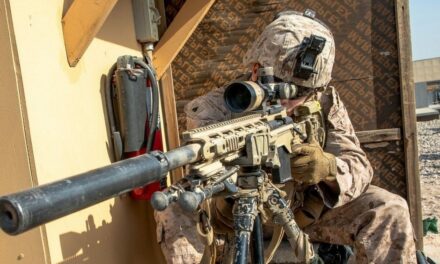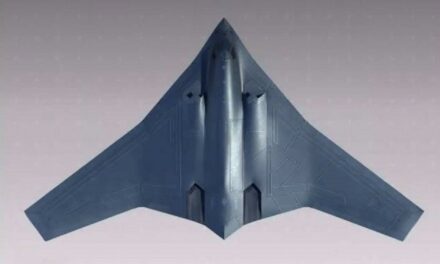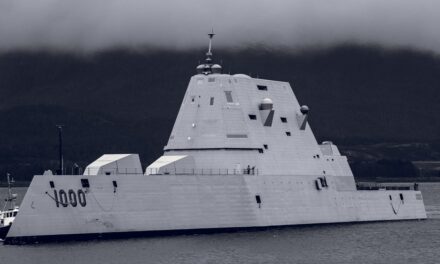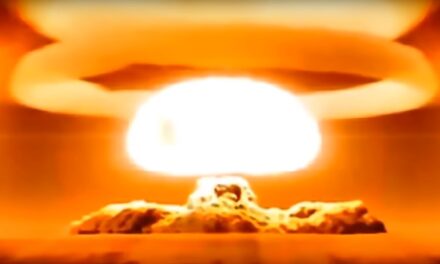We support our Publishers and Content Creators. You can view this story on their website by CLICKING HERE.
Key Points: China’s rapid advancements in hypersonic missile technology have positioned it as a global leader, raising alarms in the United States. Chinese innovations, including the DF-17 missile and breakthroughs in thermal protection and cooling systems, highlight their technological edge.
-While the U.S. Army’s Dark Eagle missile offers promise, fragmentation across American hypersonic programs hinders progress.
-Policymakers, such as Rep. Doug Lamborn, emphasize the urgency of addressing this disparity to maintain strategic balance.
-China’s steady advancements demand swift and cohesive U.S. action to close the gap in this critical area of modern warfare.
China Leaps Ahead with Hypersonic Missile Development
You have to hand it to Chinese aerospace engineers and designers. They have taken the initiative and created hypersonic weapons, leaping ahead of the United States. Every month, Chinese scientists specializing in hypersonic weapons make critical breakthroughs. Some members of Congress are concerned that Beijing will never relinquish its lead with these munitions and that the United States must invest more time, money, and resources to catch up.
What Are Hypersonic Weapons?
Hypersonic weapons can travel at MACH 5 or above. They fly low and are maneuverable, making them difficult to detect and track by radar and air defense systems. China already has ground, air, and sea hypersonic models in development, testing, or deployment, making it the champion in this class.
China Hypersonics Are Bigger, Faster, and Stronger
China defense expert Bill Gertz agrees that China is the world leader in hypersonics and that Xi Jinping’s rocket forces have conventional and nuclear-tipped models. “Beijing’s most lethal hypersonic missile is the DF-17, deployed in 2020 and which can travel at least 994 miles,” Gertz wrote.
Gertz noted that the Chinese have been testing hypersonic missiles since at least 2014, giving them ten years of evaluation data to rapidly improve their rocket force.
The Chinese Keep Improving the Technology
This month, China had another design breakthrough related to a hypersonic missile’s thermal protection technology. Chinese scientists believe they have improved their new missiles with steel nose cones, a significant development that allows for greater survivability.
DF-17 Chinese Missile. Image Credit: Creative Commons.
In August, China announced that its scientists had “developed an innovative cooling device capable of managing the intense heat generated during hypersonic flight.” This is another performance advantage for Beijing’s hypersonic missiles. As the missile flies at such a high speed, it creates huge amounts of heat that could damage its guidance system. With the extra cooling, the missile is more likely to fly undetected and eliminate its target.
This Has Congress Concerned
At least one Member of Congress is sounding the alarm. Representative Doug Lamborn (R-CO) on the House Armed Services Committee held a hearing for his strategic forces subcommittee this spring. The mood was dour.
One participant on the panel said the United States is clearly behind China. Jeffrey McCormick, an intelligence analyst with the Defense Intelligence Agency, said Beijing has “the world’s leading hypersonic arsenal.”
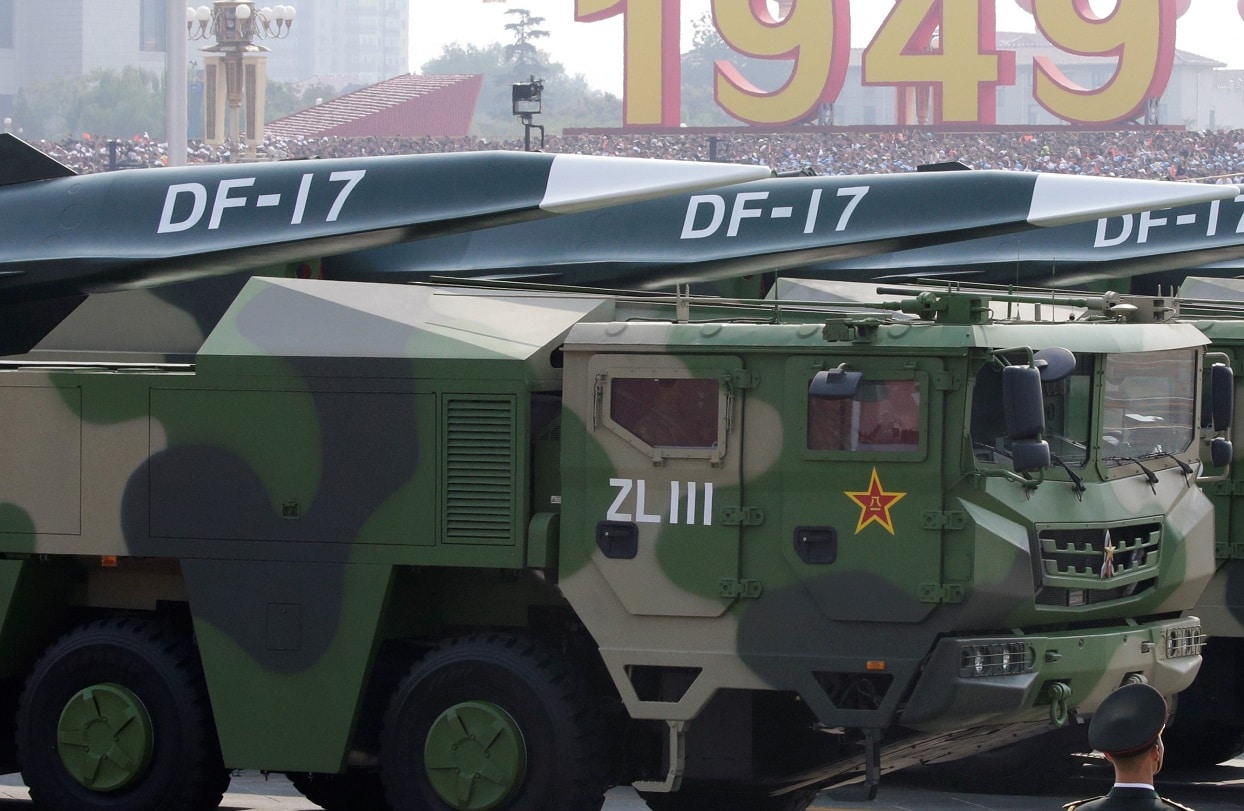
Image of DF-17 missile. Image: Creative Commons.
Lamborn believes hypersonics are “one of the most pressing issues for our national defense.”
But What About the United States?
All is not lost for the United States. Arguably the best American hypersonic missile is surprisingly being developed by the U.S. Army. Called the “Long-range Hypersonic Weapon,” or with the better nickname, “Dark Eagle,” the munition can fly faster than 3,800 miles per hour. It also has a range of 1,725 miles. Dark Eagle uses a road-mobile launcher, which the Chinese also prefer for their missiles.
The Army claims that “they can reach the top of the Earth’s atmosphere and remain just beyond the range of air and missile defense systems until they are ready to strike, and by then, it’s too late to react.”
Who Will Win This Arms Race?
Hypersonic missiles are indeed an area that the United States must invest in. China is moving fast, but the Americans will catch up with the proper motivations to remain in contention with the Chinese. However, Beijing features scientists who make steady, incremental advances in hypersonic technology. They already have their super-fast and maneuverable missiles deployed and they look for ways to improve them. At the same time, the Americans seem to focus on separate programs from the various branches of the military instead of combining all programs under one umbrella.
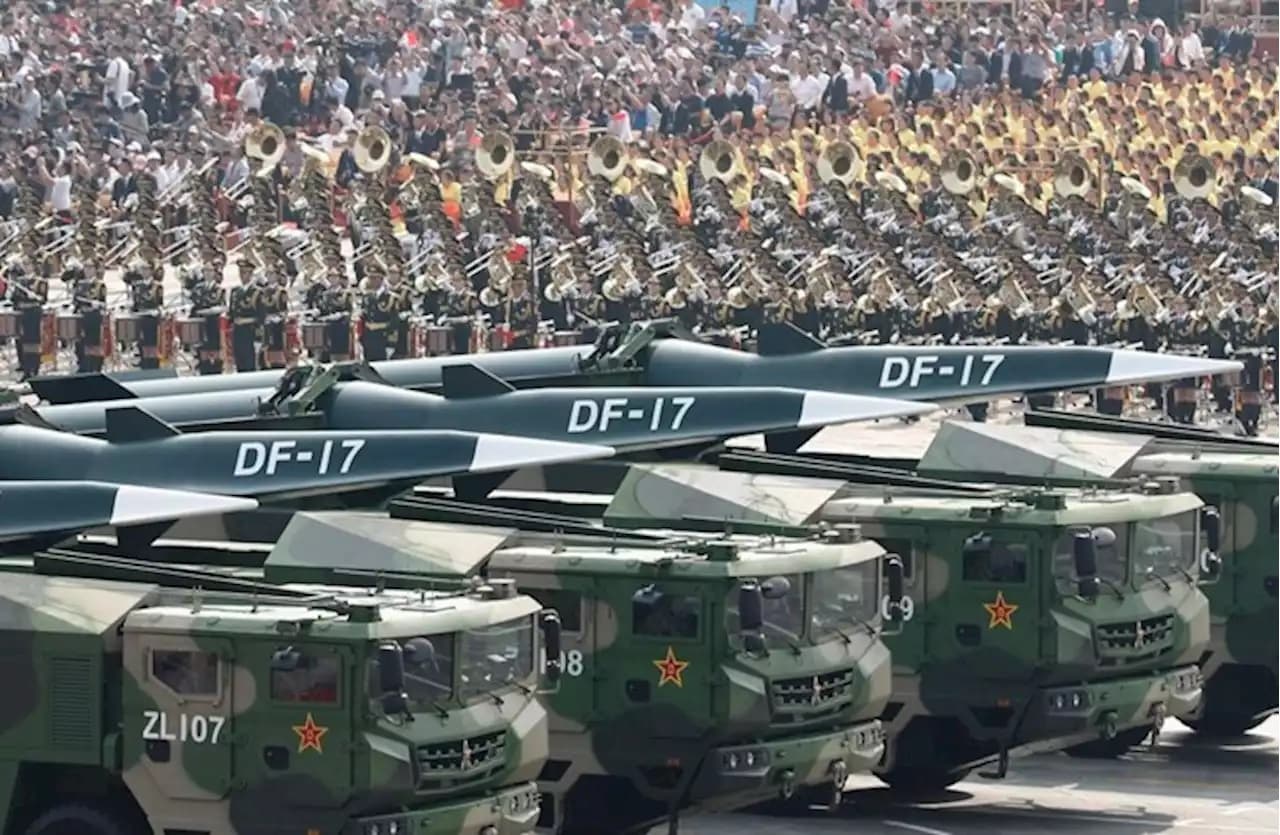
DF-17. Image Credit: Creative Commons.
Time will tell if the United States can regain the lead. We have yet to have the Sputnik moment in which China deploys a hypersonic test—say, a launch that would fly over Guam and show the world that Beijing is serious about actually using its weapons to make a statement.
Until that happens, it will take policymakers like Lamborn, who are sounding the alarm, to ensure that the U.S. military can regain the initiative to alleviate headaches from China. There have been some speed bumps in American hypersonic development, but the U.S. defense industrial base is resilient, and it should catch up to the Chinese.
About the Author: Dr. Brent M. Eastwood
Brent M. Eastwood, PhD, is the author of Don’t Turn Your Back On the World: a Conservative Foreign Policy and Humans, Machines, and Data: Future Trends in Warfare, plus two other books. Brent was the founder and CEO of a tech firm that predicted world events using artificial intelligence. He served as a legislative fellow for U.S. Senator Tim Scott and advised the senator on defense and foreign policy issues. He has taught at American University, George Washington University, and George Mason University. Brent is a former U.S. Army Infantry officer. He can be followed on X @BMEastwood.

 Conservative
Conservative  Search
Search Trending
Trending Current News
Current News 